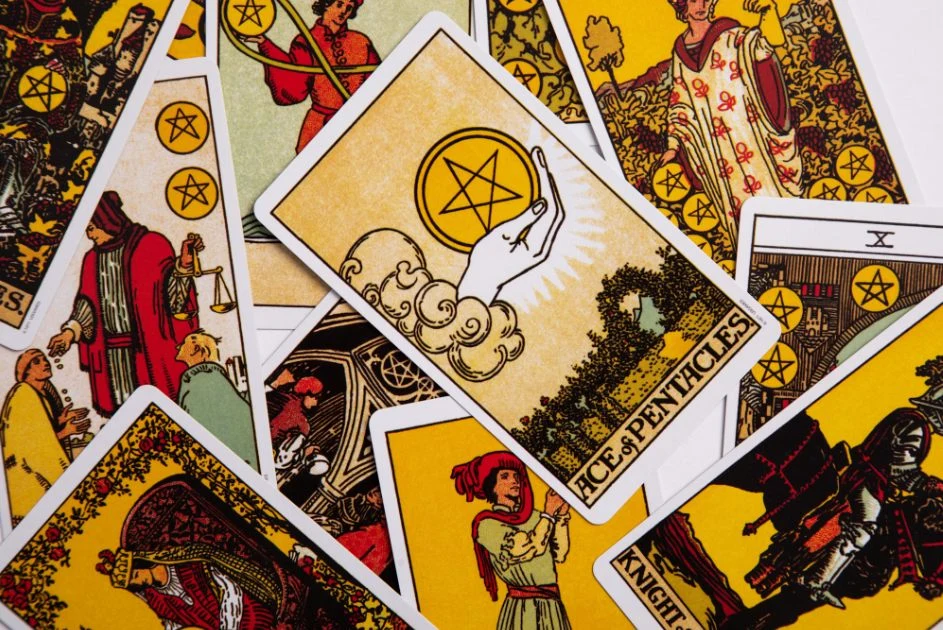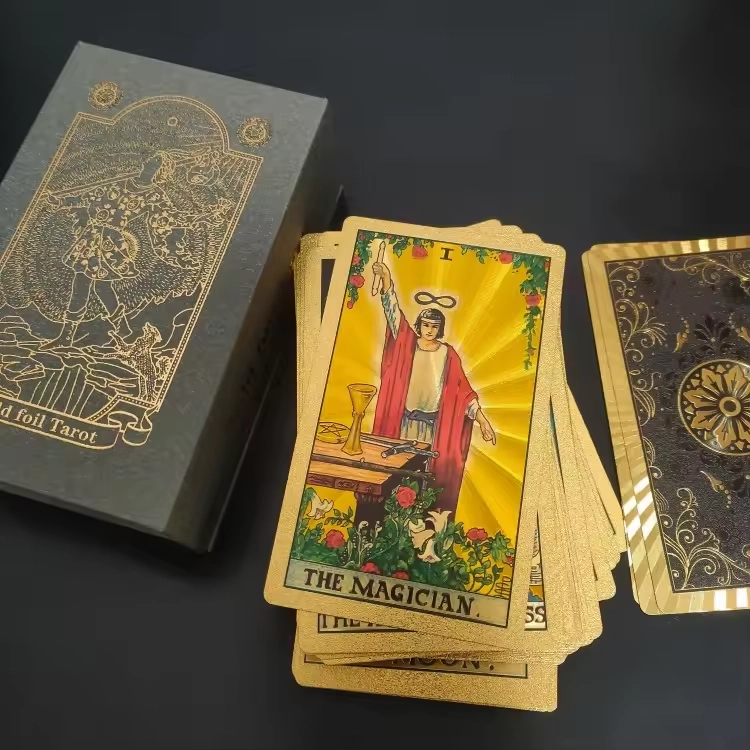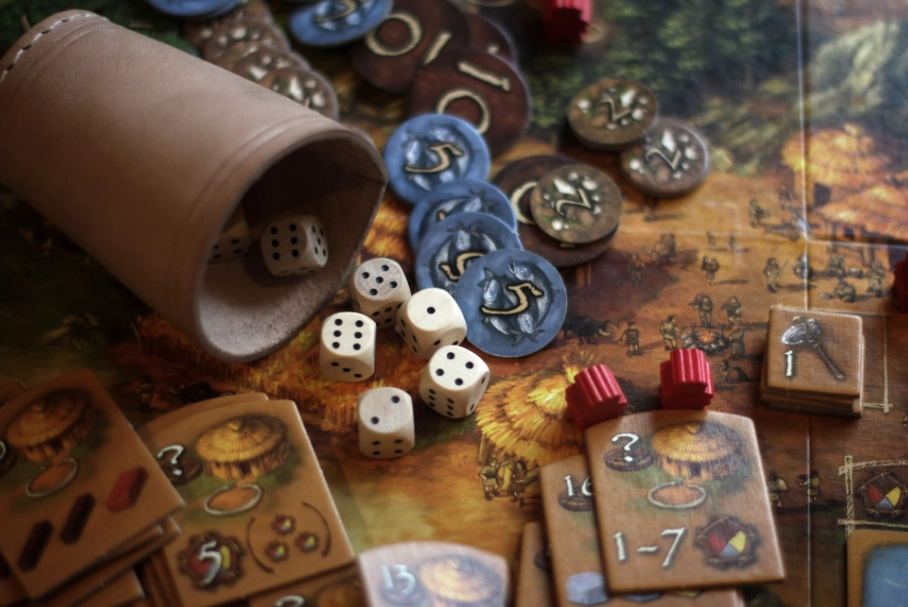
Catan: Strategy and Resource Management
Overview of Catan
Catan, perhaps the most famous of strategy board games, has been played by millions of people all over the world. In this game, players will spend their time harvesting different goods on a fictional island so that they can build things like roads, settlements, and cities out of wood, wool, ore, and grain. Your goal is to be the first player to achieve a certain amount of victory points. The game features dynamic gameplay, as players must adjust their strategies in response to changing resource availability and potential trading opportunities.
Core Mechanics of Catan
Catan is all about resource management and strategic trading. Each turn players roll some dice and it tells what resources are generated. Players use these resources to build roads and settlements or upgrade to cities. Trading with other players is imperative as many players will not have every production area needed to acquire resources. This encourages players to interact and negotiate with one another.
Strategic Importance in Gameplay
Catan requires careful planning to win. Players need to carefully decide where to set up their starting settlements to generate the right types of resources. The secret ingredient is the careful balancing of expansion with the resources needed to defend that expansion, as players can quickly overextend and leave themselves open to a quick death. Steering trading can help you make a competitive, through an alliance. Dice rolls also make the game unpredictable, but because of this, one must play more cautiously and tweak their strategies accordingly.
Ticket to Ride: Building Railroads Across Cities
Overview of Ticket to Ride
Ticket to Ride is a well-known board game, which involves the building of train tracks between cities. The game focuses on gaining a point for each completed connection to destinations that are on the ticket cards. What they liked about the game is that it is quite easy to learn the rules, but the strategy aspects can get quite complex so it is appropriate for both new gamers and veteran gamers.
Gameplay Dynamics
Ticket to Ride has the simple dynamics of drawing train cards and using them to capture railway routes across the board. Players can also anticipate one another’s moves, while the various colors of cards that must be laid down to complete a route make efficient hand management tricky. The longer the routes the more points, but also the more risk if your opponents block off crucial paths.
Strategic Planning in Ticket to Ride
Considerable strategy is involved in planning the most efficient routes as well as managing the cards in hand in Ticket to Ride. Players have to weigh their priorities of which routes would net the most points against the efforts of their opponents to throw a monkey wrench into their plans to do so. Maintaining timing is paramount; nabbing strategic paths right out the gate will keep competitors from blocking paths while holding certain moves until later rounds can trip up opponents.
Carcassonne: Medieval City Building Adventure
Overview of Carcassonne
Carcassonne is a tile-laying game in medieval times where players built cities, roads, and cloisters on the board with tiles. On your turn, you take a tile from your hand, place it somewhere appropriate on the board, and then you may optionally place one or more followers (meeples!) as knights, thieves, monks, or farmers, to score points based on the completed features of tile. In a single turn, you draw a tile and lay it down in an attempt to complete a structure within that tile, often deploying followers (meeples) as knights, thieves, monks, or farmers as you do so to score points from like structures.
Gameplay Mechanics
Carcassonne is tile-placement and area-control game. Tiles are littered randomly on a pad before being stacked to accommodate the designated ones next to each other in accordance with the special rules. Followers should be placed in strategic locations to “own” certain roads, cities, or fields which will then score points to the player when the related structure is completed. Followers are too siked because when this is done, players can lay claim on the roads, cities, or fields and score points!
Tactical Variability in Carcassonne
The tactical variability of Carcassonne comes from the unique tile layout and follower placement. Actions there are each turn. As the game progresses, the board state continually changes and so do each player’s opportunities for scoring and retaliation. With an open-ended premise, the game inspires players to construct intricate terrains aimed at earning the most potential points.
Dominion: Deck-Building Card Strategy
Overview of Dominion
Dominion reshaped the deck-building genre by creating a card game in which players build their decks while playing instead of beforehand. Each player begins with the same set of decks but then takes cards from a common pool during play. All players begin with the same decks, but players will then gain new cards from a common pool during a session of the game.
Core Elements in Dominion
Each element of deck building and resource management is represented by action cards that can, for instance, allow one to draw another hand or give additional buy phases per turn cycle, these in turn enable decision-making regarding what cards complement one another through their overall strategy. Dominion. Deckbuilding and resource management are two of Dominion’s essential ingredients; action cards allow players to perform abilities like drawing an extra card or buying additional cards each turn cycle, which forces players to make choices that maximally complement their overall strategy.
Strategic Depth in Dominion
Through all of its Expansions (and an expansion to the expansion), Dominion provides a ton of strategic depth as each expansion adds a slew of new cards full of synergies that push generalizing deck-building skills to their limits as the obstacle in any match-up relies on pre-constructed decks making for an interesting clash of tactics! Dominion [the essential backbone of many card/drafting mechanics across future boardgames], delivers incredible tactical depth via numerous card combinations between expansions with unique synergies putting even veteran players’ executive skills through its paces to formulate ideal deck compositions to counter strategic dispositions among different opponent (s) within each specific match-up situation!
Stone Age: Prehistoric Civilization Development

Overview of Stone Age
In a creative board game that brings players back to the Paleolithic age where they must build and progress their tribe, Stone Age is a turn-based strategy game where players are living in the Stone Age. Players have to collect wood, stone, food, and other resources to construct buildings and develop their nation. The goal is to grow your tribe effectively while also racing others to upgrades and resources.
Key Mechanics in Stone Age
With Stone Age, there are two major mechanics at play, resource management and worker placement. There are various tasks, such as hunting, gathering, and of course, house building, done by the members of the tribe. Every action has several dice rolls needed to succeed to gather resources. Also, in the new round, players have to feed their tribe, which adds another nuance to planning.
Strategic Considerations in the Stone Age
Stone Age includes some strategic considerations as you must be careful about resource allocation and timing things such as buildings. Players must find a way to satisfy urgent requirements while also strategically thinking about how to reach those so-called long-term investments in terms of expanding their personnel or technology upgrades. As with any competition for scarce resources, the competitive aspects of gameplay will keep a player on her toes concerning predicting the behaviors of other players and adapting her strategy if she is to continue playing successfully.
Suba: Your Choice of Custom Board Games
Suba provides a unique platform for developing personalized board games; games that are custom-made to a player’s taste. It allows users to create custom gaming experiences by choosing themes, mechanics, and components that cater to individual preferences or group interactions. The results of this flexibility open the door for unending creativity and pandering to particular playstyles or themes in producing a game.









